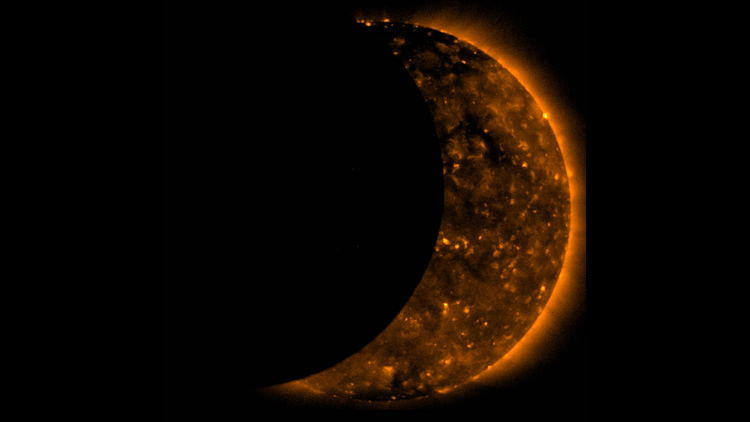The good news is that sky watchers will have the chance to see a solar eclipse his week. The bad news is that it won't be happening in our area. An annular eclipse, also known as a "ring of fire" eclipse because the of how the sun looks during the event, will occur Sunday morning. Sadly, the greatest eclipse will occur over the South Atlantic Ocean but you still catch it online. Click here for a link to the event.

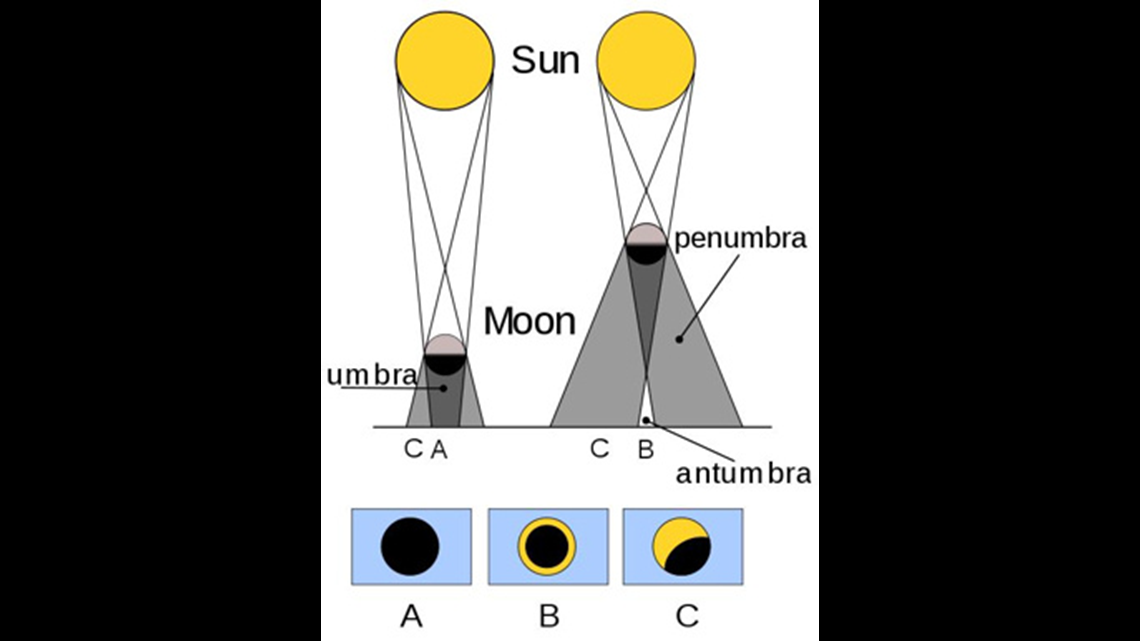
Annular eclipses happen because the Earth and the moon's orbits aren't exact circles, they're ellipses. As a result, there are times when the moon is too far away from the Earth to cover the sun's disk completely when it passes over it during a solar eclipse. This will lead to the "ring of fire" effect.

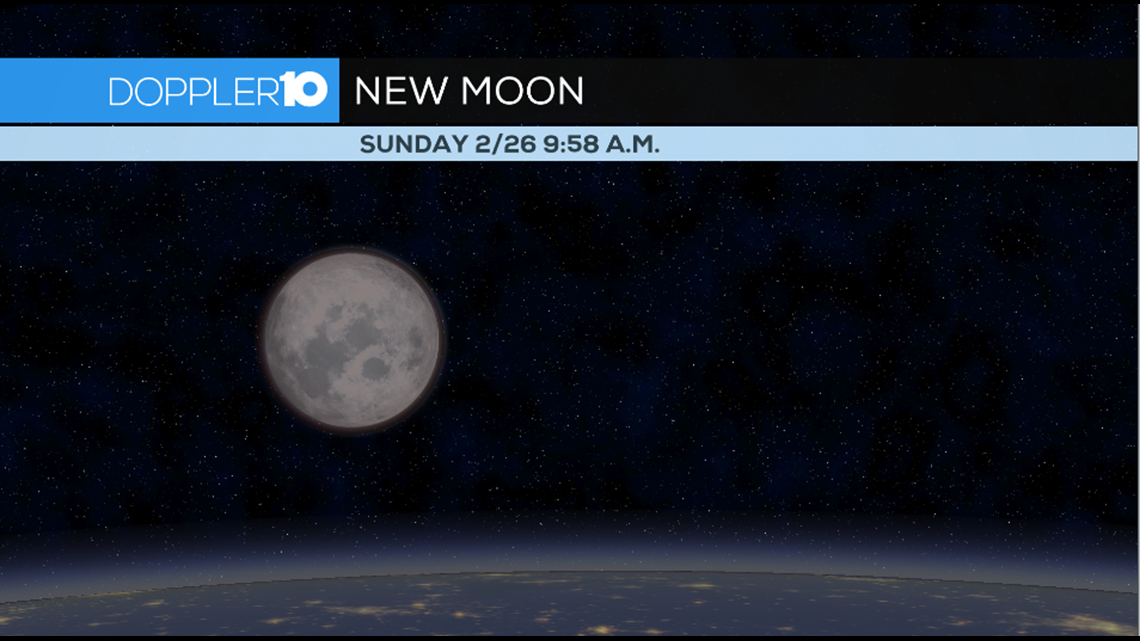
The moon that will blot out the sun's rays is actually a new moon. It'll reach new moon status at 9:58 a.m. on Sunday morning. That will help with stargazing this week because we won't see as much light pollution.

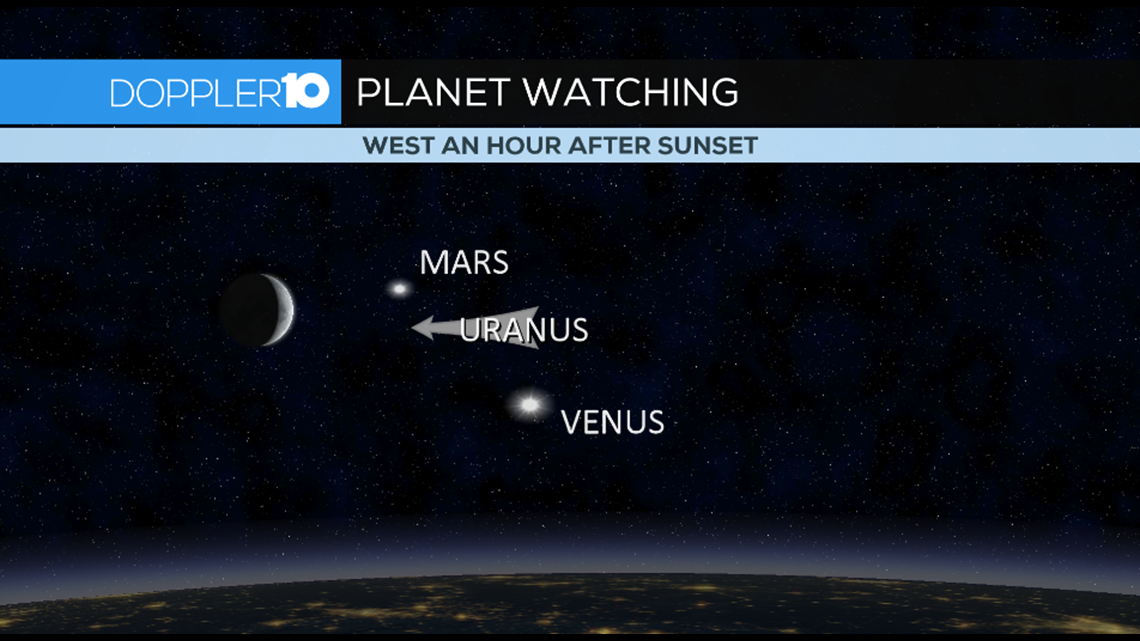
When you're out enjoying the night sky this week, look in the west about an hour after sunset. Venus and Mars continue to shine brightly, so planet hunters won't have to work hard to catch a show.
On March 1, the waxing crescent moon will make it easy to locate your targets. That night, Mars will be just to the right of the moon. Venus will outshine the planet below and to the right of it.
You'll also have a chance to see the second-to-last planet in the solar system (assuming Pluto is a dwarf planet). Uranus will be just below and to the right of Mars on March 1. You'll likely need binoculars and a dark spot if you want to see it.

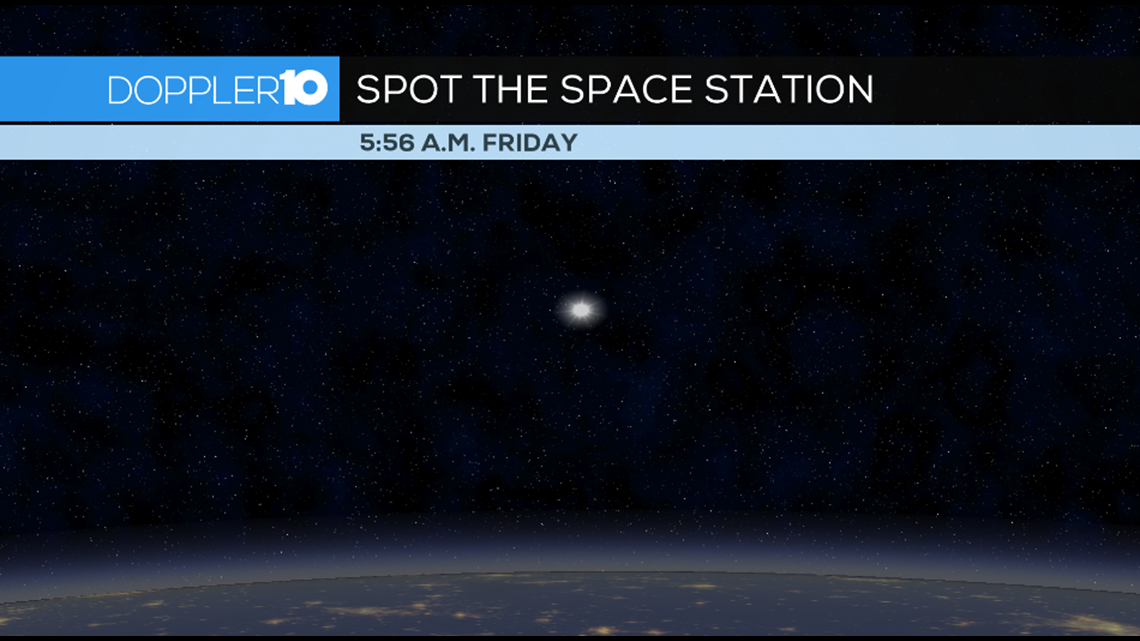
If you're out early on Friday, one of the objects I love to see in the sky will be out... but not for long.
The International Space Station will be visible for four minutes on the morning of March 3, which is actually a fair amount of time... as far as the ISS goes.
It'll start our low in the southwestern sky, and climb to about 65 degrees above the horizon before exiting a little above the ENE horizon. This will look like a star "racing" across the sky. If the weather cooperates, it won't be hard to see as it'll be moving against the stationary backdrop of the night sky. Happy hunting!


